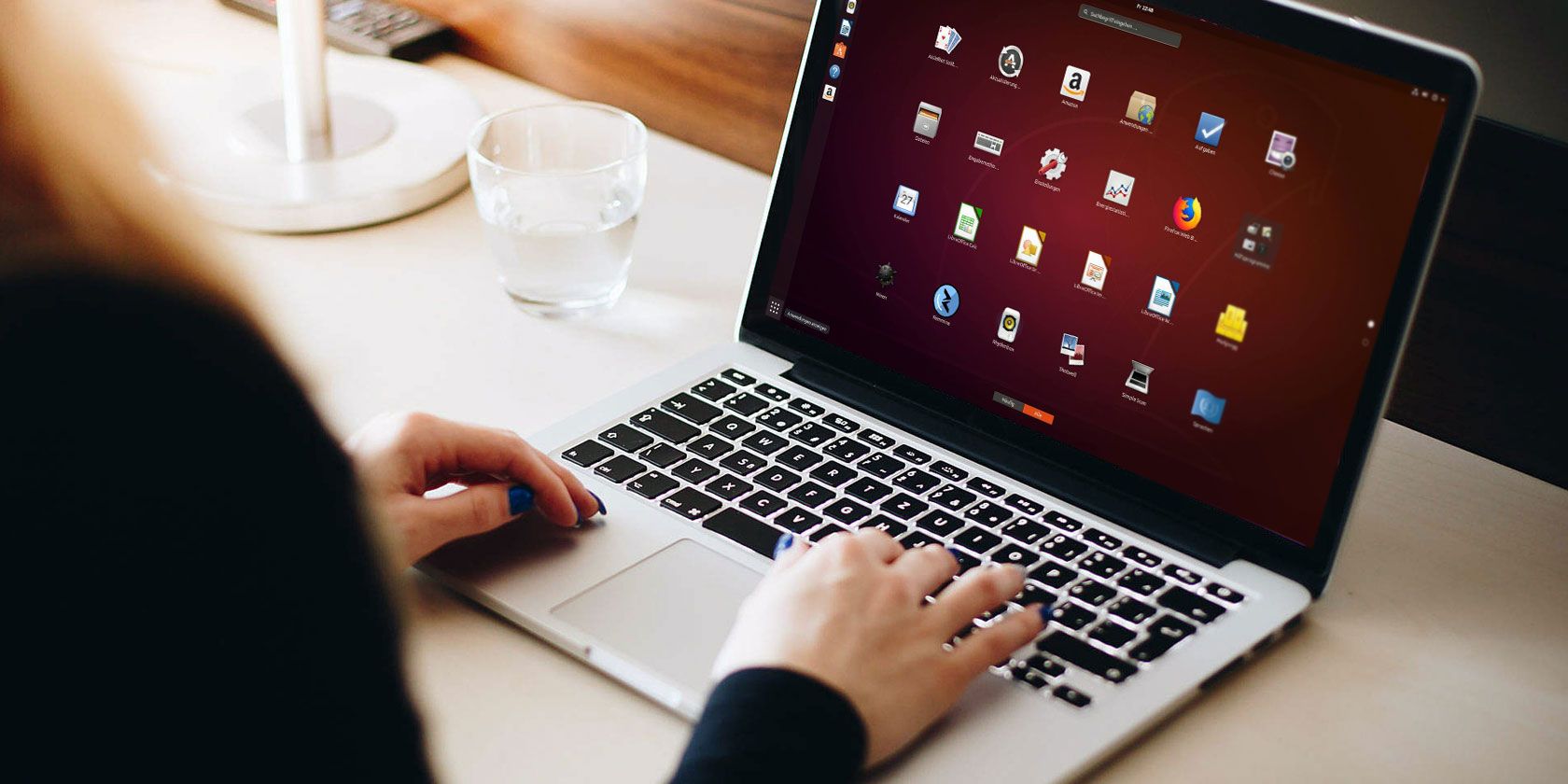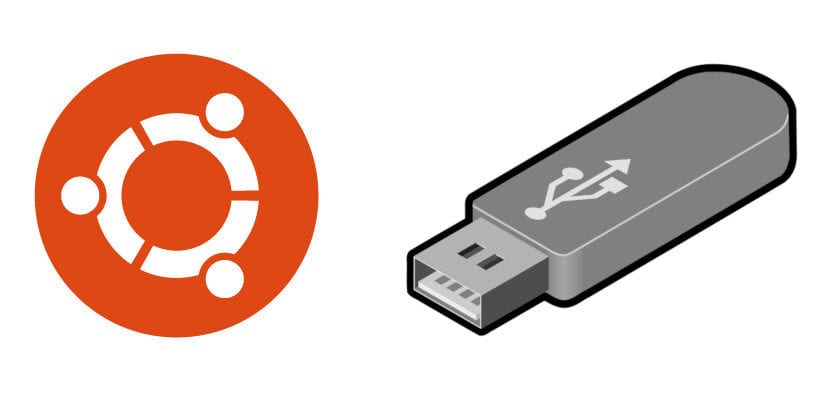

- #Create a live ubuntu usb drive with persistent storage for a mac mac os
- #Create a live ubuntu usb drive with persistent storage for a mac install
- #Create a live ubuntu usb drive with persistent storage for a mac update
- #Create a live ubuntu usb drive with persistent storage for a mac portable
- #Create a live ubuntu usb drive with persistent storage for a mac software
Previous versions did not, necessitating the below process. Update: Rufus, which we recommend for easily creating live USB drives on Windows, now supports persistent storage in its latest versions. Just download the appropriate ISO file and follow the instructions below. In the past, we had luck with Fedora as well. It should also work with Ubuntu-based Linux distributions. We’ve tested it with the latest versions of Ubuntu-Ubuntu 18.04 LTS and Ubuntu 19.04-and it works. Persistence doesn’t work with every Linux distribution.
#Create a live ubuntu usb drive with persistent storage for a mac update
You can even update most installed applications, so you can be sure your persistent USB drive has the latest version of the web browser you prefer.
#Create a live ubuntu usb drive with persistent storage for a mac install
However, you can install most applications. You can’t modify system files, like the kernel. You don’t need persistence if you’re just using a USB drive to install Ubuntu and then running it from your hard drive afterward. You won’t have to set up your system up from scratch each time you boot. This is an ideal feature if you want to keep a live Linux system on a USB drive and use on different PCs. Whenever you boot the USB drive on any computer, your files, settings, and installed programs will be there. Any changes you make to the system-for example, saving a file to your desktop, changing the settings in an application, or installing a program-will be stored in the overlay file. Keep following Linux Hint for more Linux tips and tutorials.When you create a USB drive with persistence, you’ll allocate up to 4 GB of the USB drive for a persistent overlay file. I hope this tutorial to create persistent storage for Debian USB systems was useful. Otherwise, your system won’t have persistence, and the data will be lost after each boot Remember, in all programs, you need to use the option to define a space for persistence. Conclusion:Īs you can see, creating a persistent Linux Live USB system from Windows is easy with Rufus, as with other alternatives mentioned previously. You can get more information on Ventoy at.

#Create a live ubuntu usb drive with persistent storage for a mac software
It also supports Windows and other software types like antivirus. It is used to create live USB systems from Linux ISO images. Universal USB Installer is another alternative to Rufus. The tool is available for Ubuntu and Windows starting in Ubuntu 10.10 “Maverick Meerkat,” but it is accessible only by inserting the Live CD with Windows running. This is the official USB creator of Ubuntu Linux, and it is included by default. You can get more information on Linux Live (LiLi) at.
#Create a live ubuntu usb drive with persistent storage for a mac mac os
Multiplatform available for Windows, Linux, and Mac OS.It supports both Microsoft Windows and Linux distributions. Universal Netboot Installer (UNetbootin) is a multiplatform tool used to create live USB disks. Supports downloading Windows ISO from Microsoft.

#Create a live ubuntu usb drive with persistent storage for a mac portable
Rufus is an open-source portable tool available for Microsoft Windows, and it is used to create and format USB disks and pen drives. Now, you can boot your live system with persistence. Once finished, you can boot your live CD with persistence. When a warning prompts to inform you about disk data deletion, press OK to continue. Once executed, select your USB device, the ISO image, the size of the persistent partition (Note: If zero, there will be no persistence), and select GPT on the partition scheme drop-down menu.Īfter selecting the correct options, press the START button to start the process. Rufus will ask if you want it to check for updates, press the preferred options in order to continue.


 0 kommentar(er)
0 kommentar(er)
